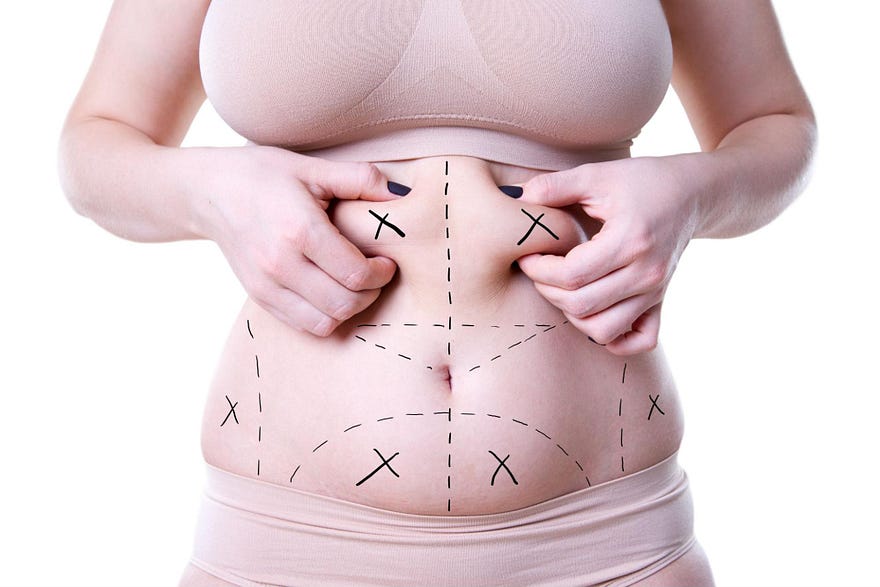In today’s world of aesthetic advancements, non-surgical treatments have become the preferred choice for people looking to rejuvenate their skin without going under the knife. One of the most popular and effective combinations is PRP (Platelet-Rich Plasma) therapy and dermal fillers. Both treatments target different skin concerns but complement each other beautifully when done together.
When it comes to achieving natural volume and glow, Dermal Fillers in Islamabad are among the most sought-after cosmetic options. By combining them with PRP therapy, you can enhance results and enjoy longer-lasting, more youthful skin. Let’s explore how this powerful duo works and why it’s becoming a favorite among dermatologists and clients alike.
What Are PRP and Dermal Fillers?:
PRP (Platelet-Rich Plasma) therapy uses your body’s own platelets to stimulate collagen production, improve texture, and boost overall skin health. The process involves drawing a small amount of blood, spinning it in a centrifuge, and extracting the plasma rich in growth factors.
Dermal Fillers, on the other hand, are injectable gels made of substances like hyaluronic acid that restore lost volume, smooth wrinkles, and enhance facial contours.
When used individually, both treatments deliver excellent results. But when combined, they amplify each other’s effects, offering both instant and long-term rejuvenation.
Why Combine PRP with Dermal Fillers?:
Combining PRP with dermal fillers allows for a comprehensive anti-aging approach. While fillers provide immediate volume and structure, PRP works on a deeper level — stimulating collagen, repairing tissue, and improving skin tone over time.
This combination:
-
Enhances the filler’s longevity
-
Improves skin elasticity and hydration
-
Boosts collagen production naturally
-
Delivers a smoother, radiant finish
-
Reduces downtime compared to separate sessions
In short, PRP revitalizes the skin from within, while dermal fillers sculpt and lift it externally.
How Does the Combination Work?:
Section Image Placement:
(Insert image showing PRP and filler injection process — diagram of skin layers and injection points)
The combination treatment usually follows a simple but strategic process:
-
Consultation:
The aesthetic specialist evaluates your facial structure, skin concerns, and medical history to determine the right filler type and PRP plan. -
PRP Preparation:
A small sample of your blood is drawn and placed in a centrifuge to separate platelet-rich plasma from red and white cells. -
Filler Injection:
The dermal filler is first injected into targeted areas such as cheeks, under-eyes, lips, or nasolabial folds to restore volume and contour. -
PRP Application:
Once the filler is placed, PRP is either injected or microneedled over the treated area. This enhances healing and stimulates collagen production, amplifying the filler’s effect.
The result? Naturally rejuvenated skin that looks youthful, hydrated, and glowing from within.
Who Can Benefit from This Combination?:
This treatment is ideal for those who:
-
Have mild to moderate facial wrinkles or sagging
-
Want to improve skin tone and texture
-
Prefer natural, non-surgical rejuvenation
-
Are looking to boost filler longevity
-
Wish to minimize under-eye hollows or dullness
Both men and women can safely benefit from the PRP and dermal filler combination when performed by a qualified practitioner.
How Long Do the Results Last?:
The results depend on factors like your skin type, age, and lifestyle. Generally:
-
Fillers last 9–18 months.
-
PRP effects develop gradually and improve skin health for 12+ months.
When combined, the filler’s results often last longer because PRP strengthens the skin matrix and enhances collagen support beneath the filler.
Safety and Side Effects:
Because PRP is derived from your own blood, it poses minimal risk of allergic reaction. Common, mild side effects can include:
-
Temporary redness or swelling
-
Slight bruising at the injection site
-
Mild tenderness for 1–2 days
Choosing an experienced provider for Dermal Fillers in Islamabad ensures that your treatment is performed under sterile conditions with safe, high-quality products.
Comparison: PRP + Fillers vs. Fillers Alone
| Feature | PRP + Dermal Fillers | Dermal Fillers Alone |
|---|---|---|
| Volume Restoration | Immediate | Immediate |
| Skin Regeneration | Strong (due to PRP) | Limited |
| Collagen Production | Significantly Increased | Minimal |
| Duration of Results | Up to 18–24 months | 9–15 months |
| Skin Glow & Texture | Noticeably Improved | Moderate Improvement |
Treatment Areas That Work Best Together:
| Area | Benefit of PRP + Filler Combination | Notes |
|---|---|---|
| Under Eyes | Reduces hollows and dark circles | Brightens tired eyes |
| Cheeks | Adds lift and firmness | Enhances youthful contour |
| Nasolabial Folds | Smooths smile lines | Results look natural |
| Lips | Restores fullness & hydration | Avoids stiffness |
| Jawline | Defines contour & tightens skin | Subtle sculpting effect |
Aftercare Tips for the Best Results:
Optional Image Placement:
(Insert image showing skincare routine — gentle cleansing and moisturizing after treatment)
After your combined PRP and dermal filler session:
-
Avoid touching or massaging treated areas for 24 hours.
-
Refrain from intense exercise for 1–2 days.
-
Stay hydrated and use gentle skincare products.
-
Avoid direct sunlight or sauna for at least 48 hours.
-
Follow your provider’s personalized skincare plan for maintenance.
Proper aftercare ensures optimal healing and extends the effects of your rejuvenation.
Conclusion:
Combining PRP with dermal fillers is a smart, effective way to achieve both immediate and long-term facial rejuvenation. While fillers instantly restore volume, PRP enhances your skin’s health and vitality over time. Together, they deliver results that look fresh, natural, and radiant.If you’re considering this advanced skin treatment, consult a certified aesthetic specialist for Dermal Fillers in Islamabad to determine the best approach for your skin type and goals. With expert care, you can enjoy a youthful glow that truly lasts.









